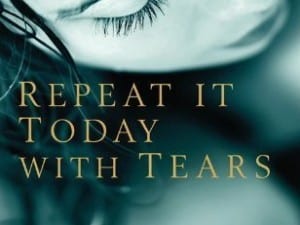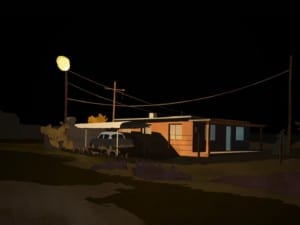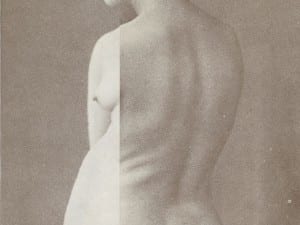Sadler’s Wells Associate Artist Sidi Larbi Cherkaoui’s new work, Puz/zle has its UK premiere at Sadler’s Wells on 24 & 25 April. One of Europe’s most exciting and prolific choreographers, Cherkaoui has made more than 20 shows, including zero degrees (2005, with Akram Khan, Antony Gormley and Nitin Sawhney), TeZukA (2011, based on the iconic work of manga artist Osamu Tezuka), and the award-winning Babel (2010) and Sutra (2008). Puz/zle is a Sadler’s Wells co-production with Cherkaoui’s company, Eastman. The work questions the seeming importance of order and linearity, and explores whether there is more than one way of solving a puzzle, telling a tale and simply living. Working closely with past musical collaborators – Corsican polyphonic group A Filetta, Lebanese singer Fadia Tomb El-Hage and Japanese musician Kazunari Abe – Cherkaoui dissects the form of composition and identifies the various themes that can shape a song.
Design is a key element of Cherkaoui’s work, and Puz/zle’s design is as striking as its choreography. Here, Aesthetica speaks to acclaimed Lighting Designer for theatre, dance and opera Adam Carrée, who has collaborated many times with Cherkaoui (Babel, Sutra), about his work on the piece.
A: Puz/zle calls into question notions of linearity and order; how does the production design reflect this? Is there a certain sense of randomness or “organised chaos” to it?
AC: The production design is based on geometric elements inspired by the place the show was created; the Carriere du Boulbon in Avignon. These elemental blocks form and shape the space as the performers manipulate and create from them. The structures have a linearity in the way they form, and the performers create order and structure with them throughout the piece.
A: Sadler’s Wells’ Associate Artist, Sidi Larbi Cherkaoui, is choreographing. How do you feel your styles and visions complement each other, both in Puz/zle and more widely?
AC: Larbi and I have worked together on a number of productions since Sutra in 2008. It often starts with visual patterns and sketches. Drawing out scenes or structures and potential possibilities, its often a part of the creation I think we both enjoy, imagining what we might be able to do. As a process it’s the ability to keep looking at things and adapting and developing and changing that keeps it fresh and interesting. Then it’s the willingness to play with the light and work through how the performer interacts with it – or not, or how it forms shapes, or colours the space. It’s a complementary process of experimenting until something fits that seems to work.
A: You work a lot with dance; what, to you, makes this art form particularly inspiring from a design point of view, and what are the key elements to bear in mind when lighting a dance piece?
AC: The light can take many roles in dance , be merely illumination, can form the architecture of the space, can define the performance space, or become a form to interact and play with. The body as a form, and its movement in the space is manipulated and interacted with the light depending on the mood and message of the piece. For me what is so inspiring about working with dance is that there are so many possibilities of how to use the light within the piece, and the lighting response can be emotive as well and pragmatic.
A: What are the special characteristics of Sadler’s Wells as a setting for your work, and for this piece specifically?
AC: Although created in the epic landscape of Avignon, the show is designed to tour into a multitude of venues. Sadler’s Wells is particularly suited, as proportionally the stage can be adapted to help replicate the open vastness of the Carriere du Boulbon. As Larbi is an associate artist, his work is often presented there, so as a creative team we are familiar with making the shows work within that space.
A: Can you tell us more about some of the other key collaborators in this project and what they have brought to what the audience will ultimately experience?
AC: The team on Puz/zle included Filip Peeters as joint set designer with Larbi. Filip is a puppeteer and expert in object manipulation and worked with Larbi to produce the objects that were manipulated to be the set pieces of Puz/zle.
A: Following Puz/zle, what is next for you, and do you have any future collaborations coming up with Sadler’s Wells that we should look out for?
AC: In the very near future I am once again collaborating with Larbi on a show produced by Sadler’s Wells, a new Tango show called m¡longa, which opens at the end of May in Lausanne, Switzerland. Shortly after that I move on to work with Sadler’s Wells creative learning department on a Rites Of Spring inspired community piece and working with Jasmin Vardimon on the inaugural National Youth Dance Company performance in early June.
Puz/zle, 24 until 25 April, Sadler’s Wells, Rosebery Avenue, London, EC1R. www.sadlerswells.com
Image: Puz/zle, courtesy Sadler’s Wells





